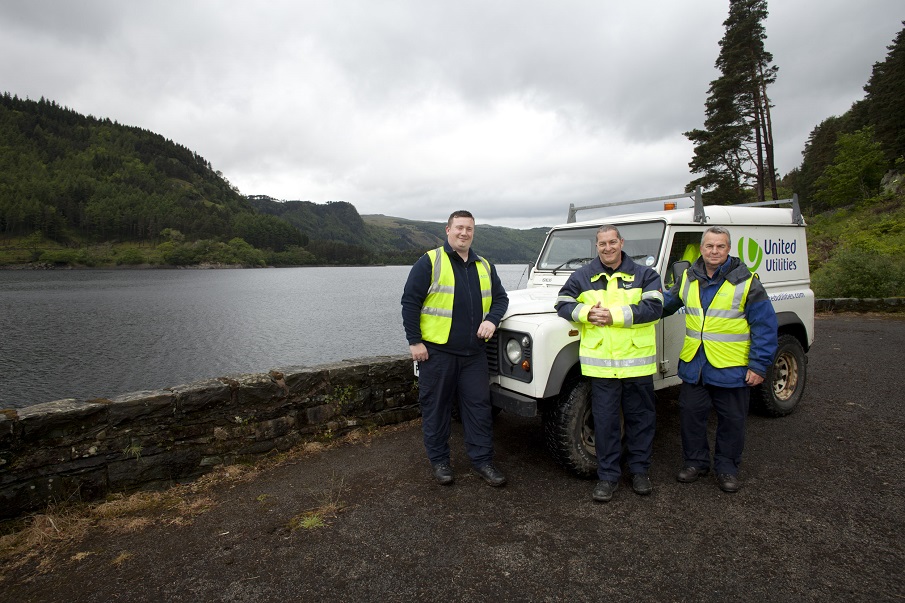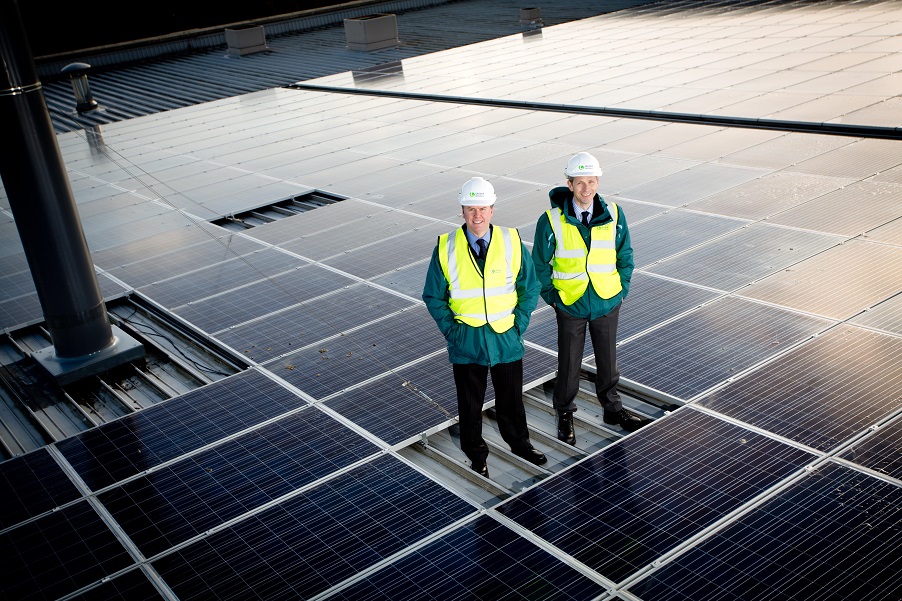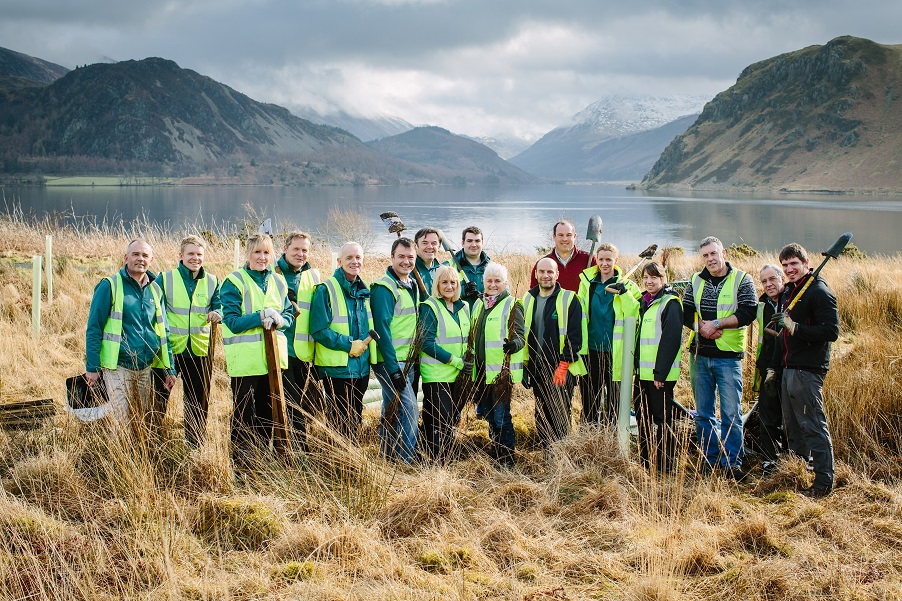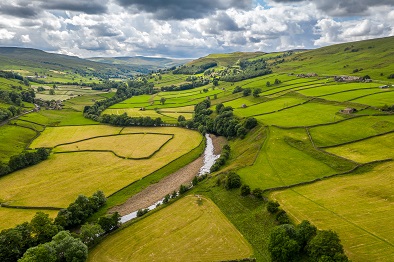Climate change adaptation
Weather is fundamental to how we deliver water and wastewater services, and so climate change will always be of strategic and operational importance to us. Already, we are seeing the effects of climate change on the region’s weather, with increasing summer temperatures, wetter winters and more extreme rainfall events. With these trends set to continue, unless we take action there will be increasing impact on the services we provide to the communities we serve.
The climate crisis threatens the ecosystems on which we rely in order to provide reliable, affordable, essential services to customers. Recognising this challenge, we are committed to mitigating our contribution to further climate change and to adapting iteratively to the changes we experience.

Our first adaptation report
Published in 2011, we detail how we are preparing for a changing climate and how we intend to manage material risks associated with climate change.

Our second adaptation report
Published in 2015, builds on the first and reports progress on our actions.

Our third adaptation report
Published in 2021, our update on climate change resilience, setting out our key messages and detailing our refreshed risk assessment.

Our fourth adaptation report
Our latest adaptation report, published in 2024, provides an updated risk and action plan, accounting for regional differences in risk.
The potential effect of climate change on our business future is discussed in our adaptation reports. Our first adaptation report, published in 2011, explained to government how we are preparing for a changing climate and set out how we manage material risks associated with climate change and outlined our partnership-based approach. Our second adaptation report, published in 2015, built on this and reported progress on our actions. Our third adaptation report was published in 2021. This assessed over 100 climate-related risks and presented a detailed progress update on climate change adaptation.
In our fourth report, we set out the evolution of our approach to assessing the future impacts of climate change, how these may manifest as risks or opportunities and how we are adapting to the challenges. Our approach to climate change adaption is embedded within our purpose as an organisation to provide great water for a stronger, greener and healthier North West. Securing resilient services to the effects of climate change is underpinned by our strategic priorities and our core values.
In this report, we demonstrate our continuous improvement in embedding the understanding of climate related risk into our business planning. Supporting the delivery of our core purpose to provide a great water for a stronger, greener and healthier North West. We have developed our risk assessment approach to understand risks at both a regional and county level.
In applying the latest research to our climate-related risk assessment and strategies, we highlight the importance of needing to be resilient to a changing climate and demonstrate the steps we are taking now and expect to need to take in the future to adapt to that change. Through our climate-related risk assessment we identify how climate change poses a major threat to the services that we provide and the areas we must focus on to remain resilient.
We are already seeing the effects of climate change on the region’s weather, with increasing summer temperatures, wetter winters, and more extreme rainfall events. Climate change presents a systemic and often compounding risk throughout our operations and services, including impacts on other sectors who affect our operations and assets.
In the North West we are already seeing:
- Temperatures that, as an annual average, are +1°C warmer than the pre-industrial period; and,
- Twice the likelihood of a hot summer, with further seasonal changes in the North West projected to be greater than the average for England and Wales, with much wetter winters and, under some scenarios, much hotter and drier summers.
Climate change and the resulting shifts in weather patterns have the potential to significantly impact our operations, the services we provide and the broader environment. These risks can manifest in increased cost, reduced levels of service, pollution of the environment and risk to assets, property and people. We have identified some opportunities resulting from climate change, but the threats significantly outweigh the gains. The chronic change in climate fundamentally impacts our long-term approach to reliably providing our services at a cost that is affordable and equitable to customers today and in the future. As well as the chronic shift in climate, we also assess that acute hazards such as droughts, floods, storms or heatwaves will also continue to become more frequent and more intense depending on our future climate change pathway.